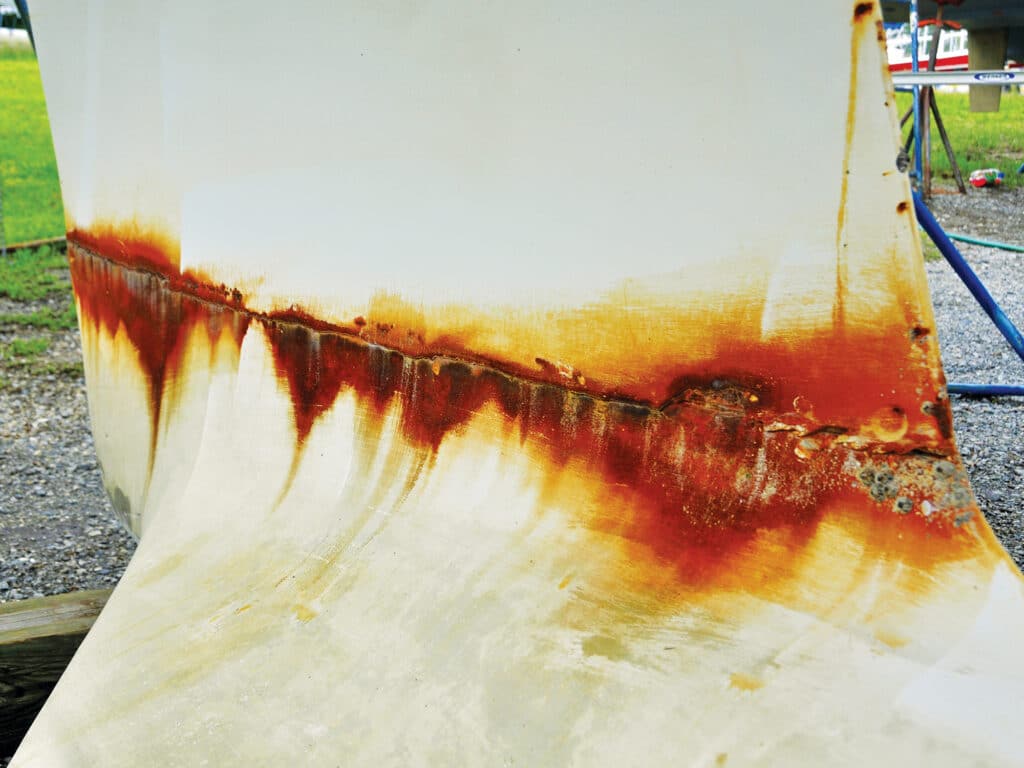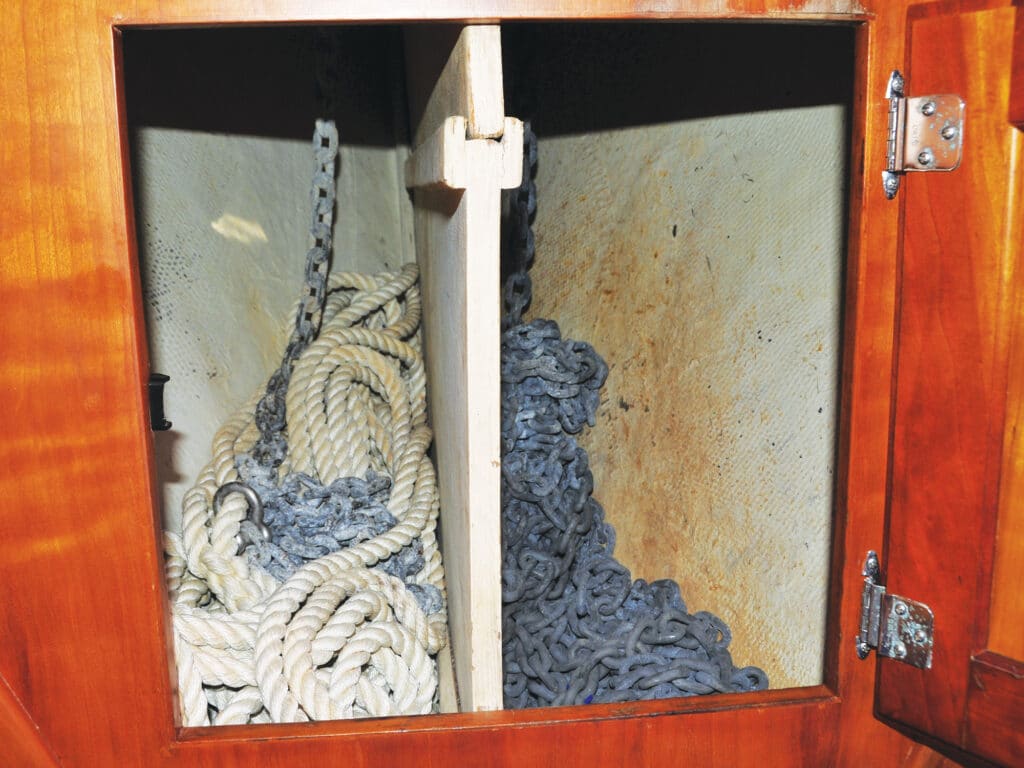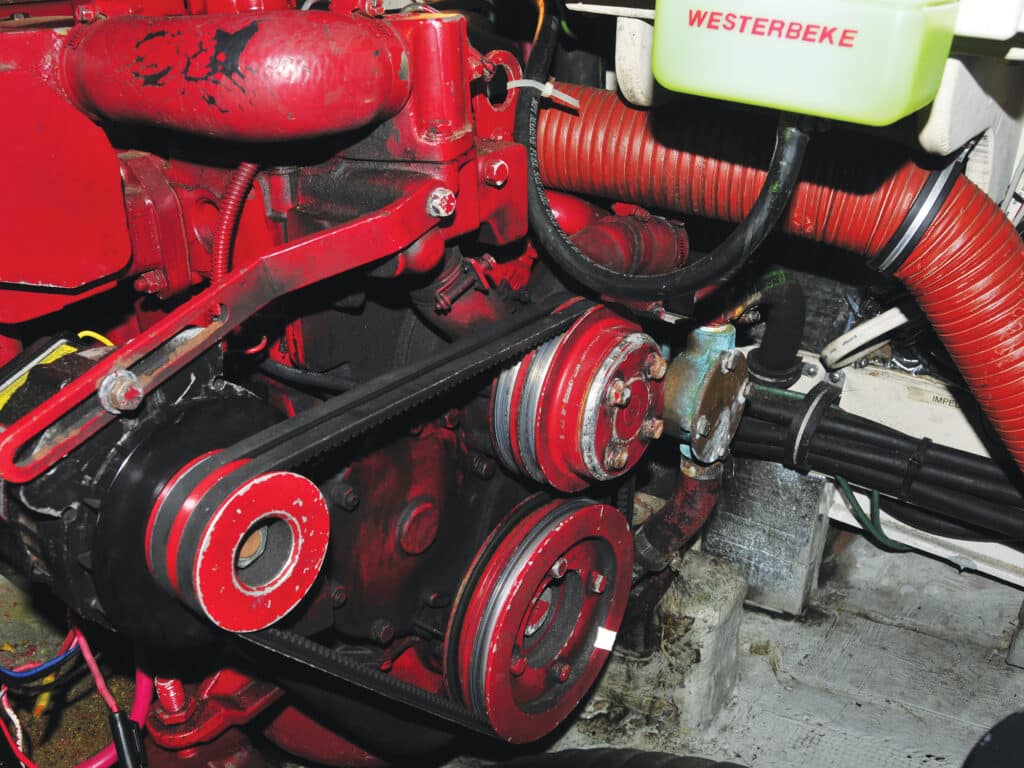
Unless you are moving on to something better, few owners look forward to the day that a buyer surveys their boat. It’s the day they hand the lines of their beloved vessel to a new caretaker.
Regardless of whether the sale is cause for jubilation, reflection or melancholy, it’s in one’s best interest to ensure that the day goes as smoothly as possible. Having attended scores of surveys, I’ve been witness to how and why things can go awry, and I’m convinced that most of the worst scenarios can be avoided.
On many occasions, I’ve muttered to myself, often while hunkered down in a bilge or engine compartment, How could this owner believe this vessel was ready for a survey? Every problem that is identified becomes an opportunity for a buyer to negotiate, and rightfully so.
Clean Sweep
For a surveyor, there’s nothing worse than having to spend time aboard a dirty vessel. Therefore, make certain your boat is clean, particularly below, including the lazarette, engine compartment and chain locker. Bilges should be free of dirt, debris, oil, loose fasteners, hose clamps and excessive water.

While you are cleaning bilges, look at keel bolts for signs of corrosion or leakage. Lockers and stowage areas must be accessible for inspection. They should be free of all but essential gear.
If the vessel has an odor issue, then identify the source and get it fixed. Don’t try to cover it up. I’ve seen it all: air fresheners, dryer sheets, scented candles, cinnamon and baking soda. These cover-up techniques will simply confirm that there’s a problem of the odoriferous sort.
Does It Work?
All equipment aboard should work, from the toilet, inverter and microwave to the windlass, winches and watermaker. Anything that doesn’t work should be disclosed prior to the start of the survey.
Ideally, you should test everything yourself. I’ve heard far too many owners confronted with nonfunctioning gear say, “It worked the last time I tested it—three months ago.”
Expect the vessel to be sailed and motored during the sea trial, and be sure that all running rigging, blocks, and winches are in good working order. The engine should be able to run at full throttle for five minutes without overheating. If a generator is present, it should be able to run while heavily loaded for at least half an hour.
Navigation electronics and the autopilot should function as designed, along with navigation and deck lights. Chainplates, abovedecks and belowdecks, should be free of leaks and signs of corrosion.

You can conduct all of these checks yourself in advance of the survey, and I strongly recommend you do just that.
Looking at the Bottom
A haulout will allow for an inspection of the hull below the waterline, along with the rudder, through-hull fittings, gudgeon, shaft, strut, shaft bearing, prop and ballast keel to stub interface. A savvy surveyor will look for signs of corrosion. They might even carry out a reference electrode test, or look for osmotic blisters, both of which can quickly devalue a boat or even scupper a deal.
If you don’t want to be surprised, carry out your own pre-survey short-haul. For fiberglass vessels, corrosion is usually one of two types: galvanic or stray current, with the latter occurring more rapidly and often with greater destruction. Osmotic blisters, while rarely a structural issue, strike fear into the hearts of most buyers. Proper, warranted repairs (with a minimum of a five-year warranty) are almost always costly, depending on where the work is done, the depth of affected laminate, and the size of the vessel. These repairs can cost $10,000 to $50,000. If you know that your vessel has blisters and you are unwilling to make repairs, then make certain the asking price reflects reality.
It’s Just Lunch
Finally, it’s in your best interest, once again, to ensure that the survey crew, buyer and brokers are happy and well-fed. Provide snacks, doughnuts, coffee, soft drinks and sandwiches for lunch. It’s a small investment that almost always pays dividends.
Steve D’Antonio offers services for boat owners and buyers through Steve D’Antonio Marine Consulting.








